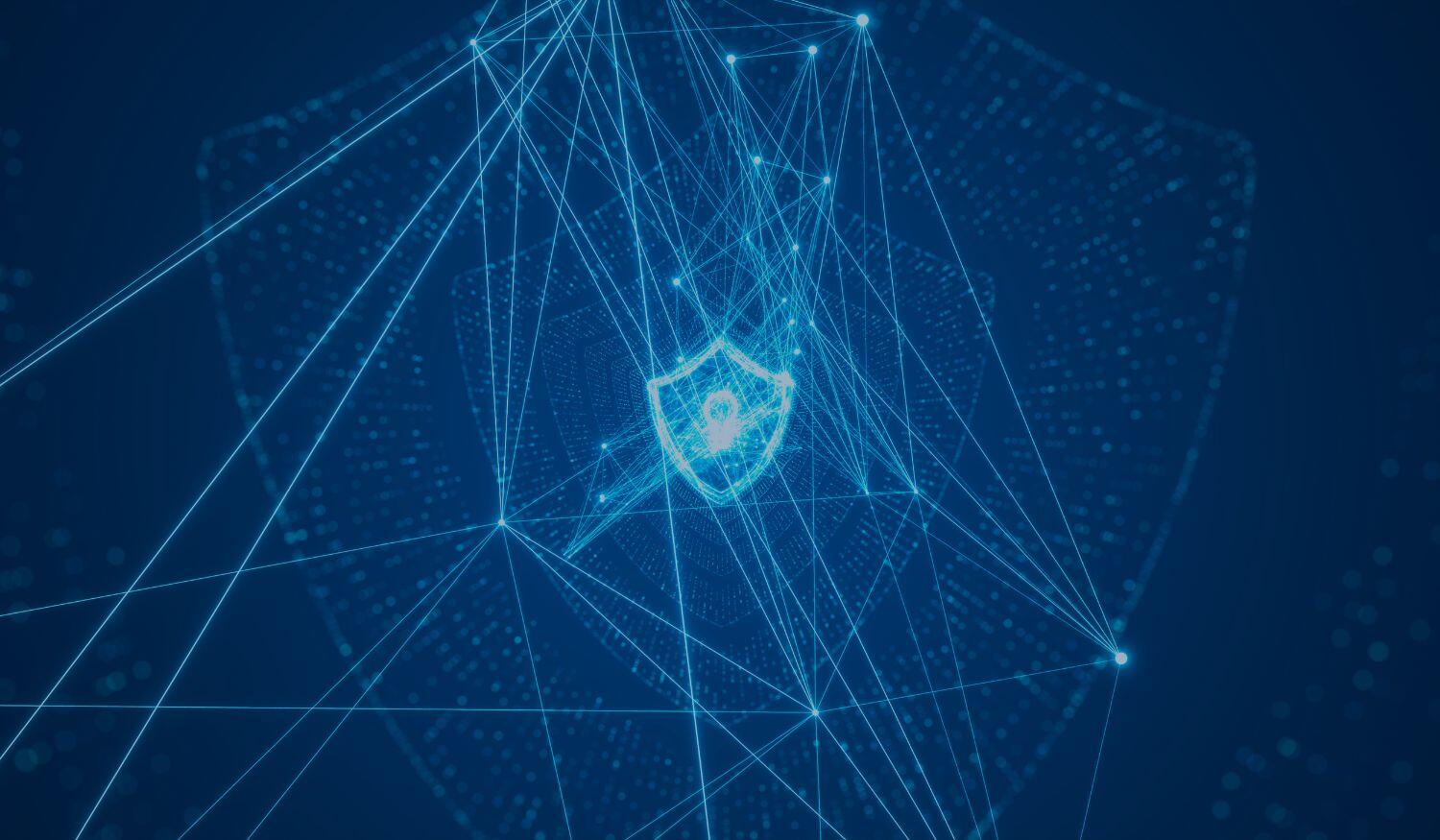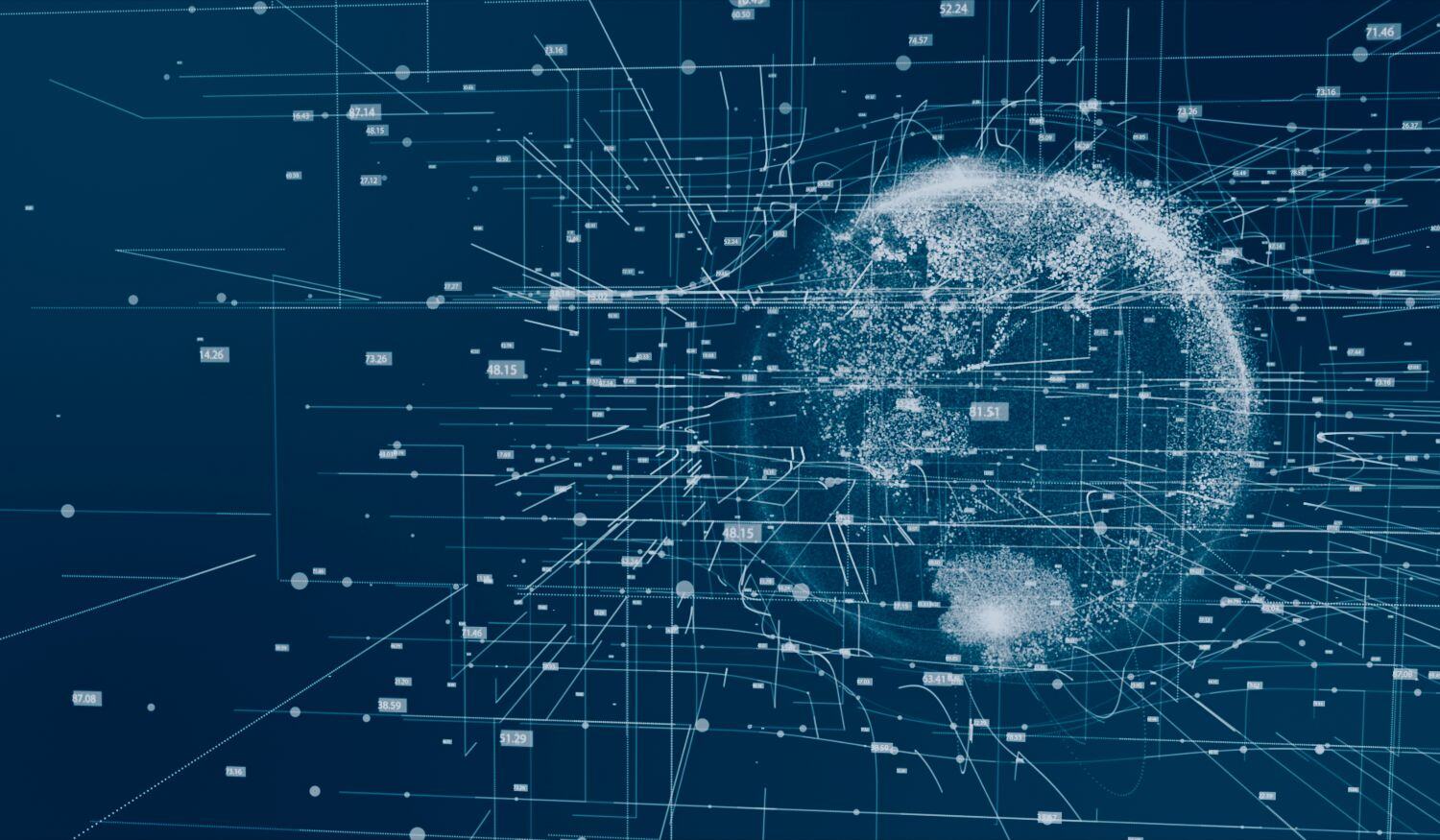AI's Double-Edged Sword in Cybersecurity and Enterprise Strategy
As artificial intelligence continues its rapid integration into enterprise operations, organizations face an important balancing act: harnessing AI’s efficiency and scale while maintaining human oversight and ethical integrity. Across industries, leaders are dealing with the dynamics between automation and human control, increasingly aware that the benefits of AI also introduce complex challenges, especially in cybersecurity, governance, and data privacy.
The Human-AI Balance
Many enterprises are actively replacing traditional tier-one support and repetitive workflows with AI-driven processes, aiming for faster response times and improved efficiency. However, automation is only as reliable as its design and data quality. Human intervention remains essential, not only to validate AI outputs but also to guard against manipulated or false information, especially in systems where changes can occur without clear visibility. A blend of contextual awareness, human judgment, and machine learning continues to define best practices in AI deployment.
AI’s Role in Cybersecurity Defense and Offense
The cybersecurity landscape is being reshaped by AI, both as a defense mechanism and a tool exploited by threat actors. AI enables defenders to sift through vast datasets, correlate alerts, and detect anomalies faster than ever. Yet attackers are often quicker to adopt new technologies. Polymorphic malware, AI-generated phishing campaigns, and exploit automation have all surged, forcing defenders to react faster than organizational processes and budgets typically allow.
Some organizations have adopted “AI-first” frameworks, evaluating each workflow to identify opportunities for automation before hiring human resources. This method not only optimizes cost but also ensures readiness for AI-powered threats. Still, the process can be lengthy, and the benefits must be clearly communicated to leadership struggling to understand the urgency.
Shadow AI and the Data Dilemma
A persistent challenge lies in the shadow use of AI, tools adopted without formal oversight or integration into governance policies. These instances complicate risk assessments and expose organizations to potential regulatory non-compliance, particularly when customer data is involved. The growing need to secure personally identifiable information (PII) from entering AI models has become a top concern for firms hosting client data.
Despite these hurdles, AI is proving valuable in areas such as platform observability and customer service, albeit with the caveat that human review remains necessary to ensure accuracy and relevance. Tools that auto-generate responses or system recommendations often require a final human check to prevent hallucinations or misinterpretations.
Regulatory Concerns and Legal Ambiguity
One of the most pressing issues is the legal ambiguity around AI liability. If an AI system makes a critical mistake, who is accountable? Unlike traditional human errors, the legal system is still catching up with the implications of machine decision-making. This uncertainty amplifies the need for tight AI governance, human supervision, and careful scoping of AI responsibilities.
Organizations are increasingly looking for tools that augment rather than replace human experts. Co-pilot systems, AI assistants working alongside humans, are gaining popularity for their ability to enhance productivity without fully relinquishing control.
Talent, Regional Disparities, and the Future Workforce
The accelerating demand for AI literacy in the workforce is becoming a dividing line between innovative leaders and those at risk of falling behind. Tech hubs are reportedly ahead in hiring only those who can articulate their AI skillset, while other regions are struggling to keep pace. Upskilling and continuous learning have become critical components of organizational resilience and future-readiness.
Risks at Scale: Data Poisoning and Deepfakes
The conversation is no longer theoretical. From data poisoning, where corrupted data leads AI models astray, to deepfake-enabled fraud, the threats are evolving in sophistication and scale. Organizations must invest in model protection, access controls, and real-time monitoring to mitigate these risks. The concept of data lineage, quality, and hygiene is more relevant than ever, as flawed inputs can degrade outcomes across the entire AI stack.
The Coming Wave of AI Agents
Looking ahead, the rise of autonomous AI agents, systems capable of acting with minimal human oversight, presents new risks and opportunities. These agents blur the lines between user and machine, making it more difficult to identify malicious activity or unauthorized behaviors. Traditional security models, change management protocols, and software development life cycles may soon be insufficient to detect and control such advanced systems.
Charting a Responsible Path Forward
AI’s integration into enterprise environments is not optional, it's inevitable. But with its promise comes a critical responsibility: to implement, govern, and adapt these technologies with transparency and foresight. The journey forward will require a multidisciplinary approach combining technical innovation, regulatory compliance, and an unwavering commitment to human-centered design.
Share this
You May Also Like
These Related Stories

AI is a Hidden Risk to Organizations

Getting Started with AI Governance


